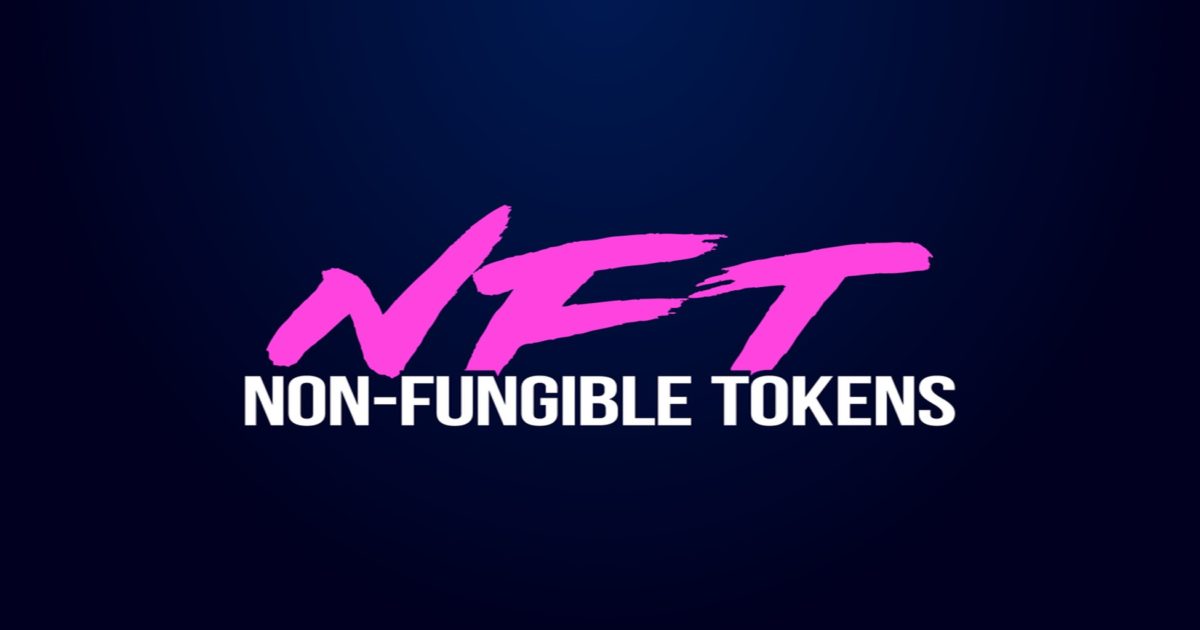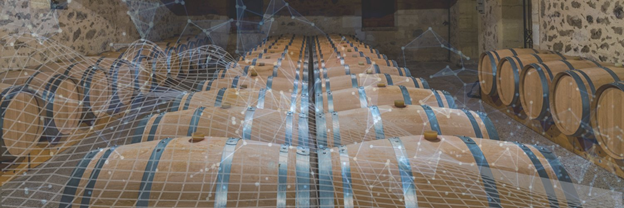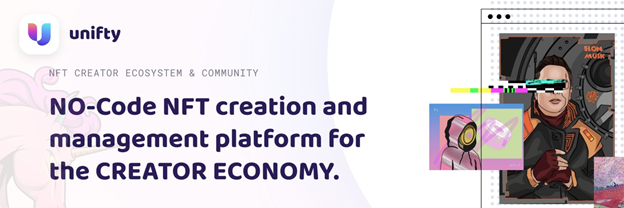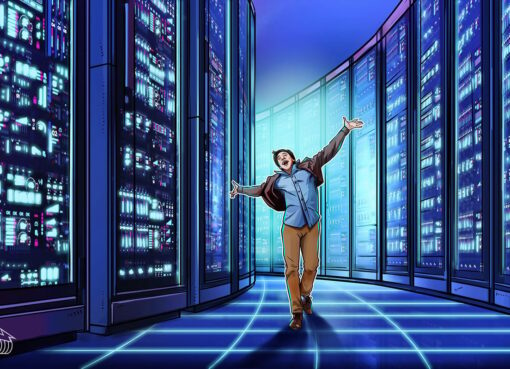Non-fungible tokens (NFTs) are gradually shaping the future of the metaverse, a futuristic iteration of the internet where participants exist in a digital world through 3D virtual shared spaces. This rising crypto niche has caught the attention of creatives, given the opportunity to integrate their art with decentralized ecosystems. At the core, NFTs are digital collectibles that can be stored, shared or traded through emerging NFT marketplaces.
While still a nascent niche, the NFT market has ballooned over the past few months to become one of the essential pillars of the crypto ecosystem. According to the latest NFT report by DappRadar, the NFT market generated $10.67 billion in trading volume over Q3. This marked a 700% increase compared to Q2. Next year looks even more promising, given the rate at which innovations are happening in the NFT ecosystem.
So, what’s in it for retailers and institutions? For starters, most NFT innovations follow the fundamental nature of crypto ecosystems, which is a decentralized architecture. This means that NFTs offer everyone an opportunity to become part of the metaverse in one way or the other. However, like financial markets, one has to pick the right horse to thrive as a future metaverse investor.
A few NFT ecosystems have stood out, offering the perfect starting point for interested newbies and veterans looking for better options. The next section of this article will feature some of these upcoming NFT marketplaces, narrowing down into the value proposition of each ecosystem.
1. Drops
As it stands, NFT owners can barely generate more value from their idle collectibles. The Drops NFT ecosystem is designed to address this challenge by introducing a platform where collectible owners can borrow and lend against their NFTs. With Drops, anyone who owns an NFT can place it as collateral and access a loan of up to 80% of the floor value of their NFT.
NFT owners can do this through Drops permissionless lending pools, where NFT owners have the option to choose or create a lending pool that suits their needs. So far, the Drops NFT lending platform enjoys a total value locked (TVL) of $3 million, a figure that will likely rise as more NFT holders look for value addition options.
It is also noteworthy that Drops features a staking program where NFT owners can stake the native token, DOP, with the current APY at 74.99%.
Drops is one of the NFT innovations changing the game for new entrants and veteran NFT holders. Fundamentally, this platform is solving liquidity issues and reducing the selling pressure of NFTs by offering users alternative ways to preserve or add value through their digital collectibles.
2. WiV NFT Marketplace
WiV combines the traditional wine industry with the NFT ecosystem; at the core, WiV Technology focuses on increasing the liquidity in the wine market by enabling stakeholders to represent their finest products as digital collectibles. The WiV NFT marketplace does this by tapping into the uniqueness of each wine product, enabling wine producers to create an indistinguishable collectible that represents their product on a blockchain.
Besides a customizable NFT marketplace, WiV’s decentralized architecture allows WiV NFT owners to buy and sell the minted wine collectibles to anyone worldwide. The platform also features a customizable digital wine cellar inventory where WiV NFT owners can display their fine wine collectibles. Notably, the WiV NFT ecosystem is compatible with other chains, including Ethereum and Polygon network.
As more people adopt NFTs, WiV is among the platforms setting the stage for adopting physically-backed digital collectibles. This trend will likely continue, given the keen attention from potential brick-and-mortar industries, including real estate.
3. Unifty
The current state of the NFT ecosystem is still complex for both newbies and veterans looking to leverage the many opportunities. Unifty started as a solution to manage and organize digital collectibles but evolved to become a full-stack NFT platform that provides building tools for creators. This NFT ecosystem allows anyone to mint an NFT collectible without any coding knowledge.
Some of the NFT-focused innovations supported by Unifty’s infrastructure include NFT farms, marketplaces and bridging solutions. Creators who use the Unifty platform to mint NFTs are only required to pay a one-time deployment fee, after which they can create a decentralized application that suits their NFT needs. The creators are also entitled to a lifetime revenue share of the digital collectibles sold via Unifty’s custom NFT marketplace and other tools.
As for the platform’s governance, Unifty’s native token NIF is a core part of its decentralized ecosystem. This native token exposes Unifty NFT creators to network incentives, including discounts, balance offsets, and bridging to other blockchain networks. So far, over 350 NFT farms have been created via Unifty, while close to 600 NFT-oriented contracts have been deployed.
Wrap Up
NFTs will probably be the most significant drivers towards crypto adoption; the trend has gained popularity amongst celebrities, athletes and billionaires such as Dallas Mavericks owner Mark Cuban. According to Cuban, NFTs present a game-changing opportunity for creatives,
“If you’re a professional photographer, you should be putting your stuff [on] Rarible (an NFT marketplace), and same with music or music video, instead of it being on YouTube, put it where you can tokenize it and keep on getting paid.” noted the billionaire during a podcast with The Defiant.
Going by the recent developments, the future of a metaverse-based world seems inevitable. Nonetheless, digital collectibles still have a long way to go before most people in the world can make sense of this life-changing technology.






